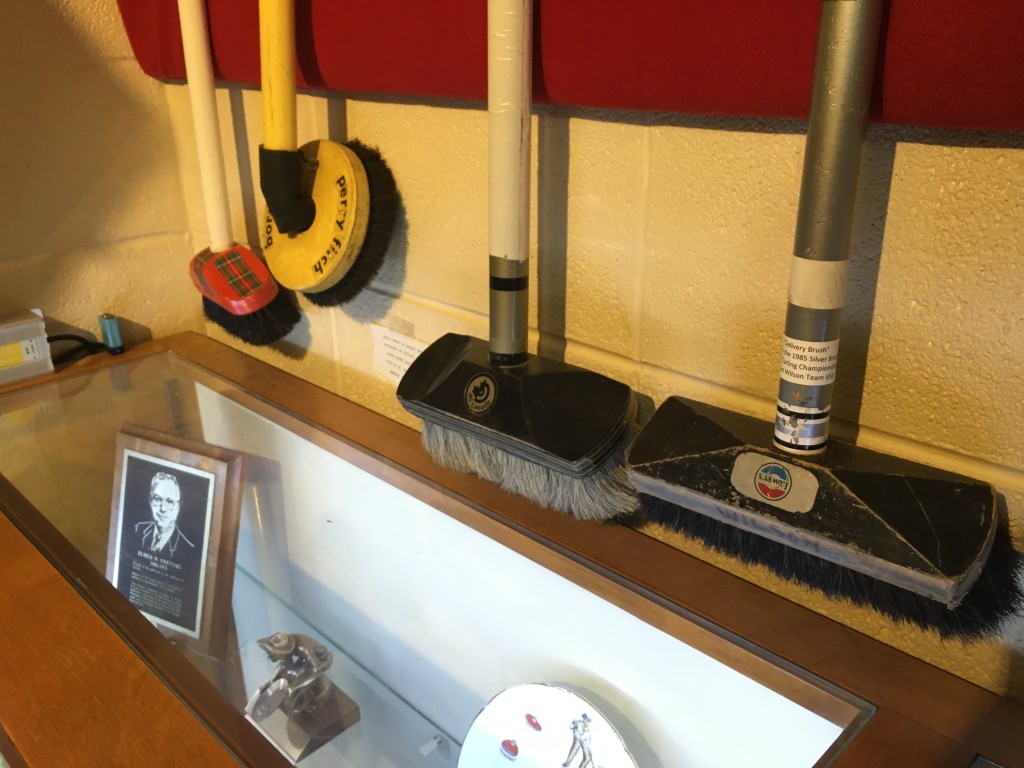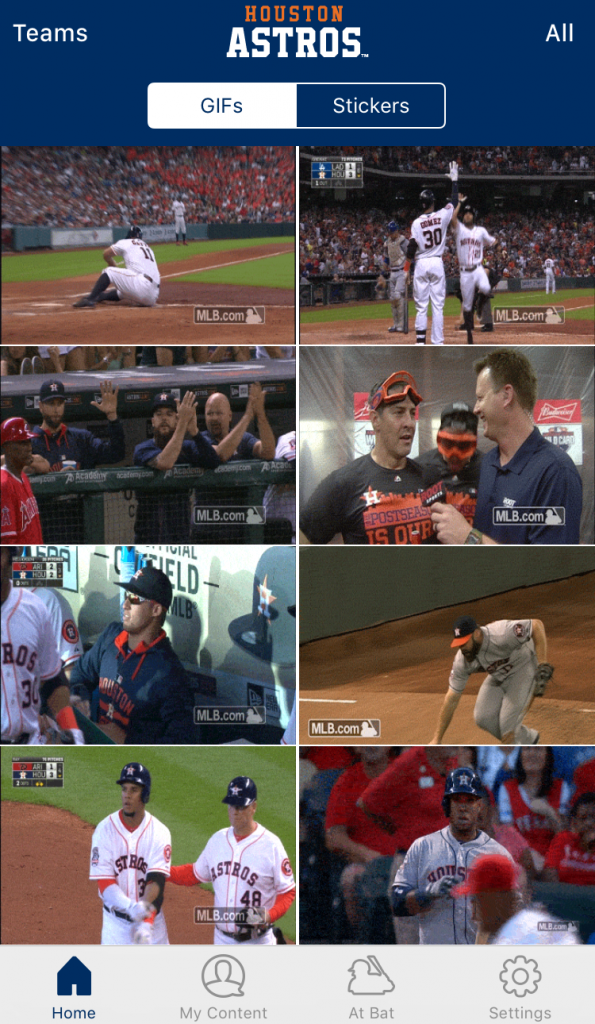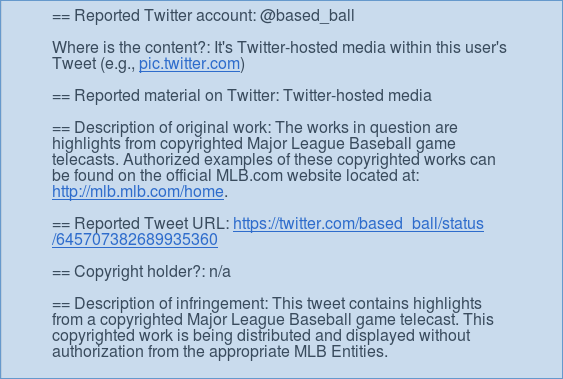Who Will Save GoPro?
Hey, remember GoPros? You might have one sitting in a closet or a drawer somewhere. Perhaps some well-meaning friend or family member got you one as a gift thanks to a great Black Friday deal, or you did the same for someone on your gift list. I have one. I can see it right now from where I’m sitting. It has footage of golf and curling and probably my dogs on it, but I wouldn’t know. To know, I’d have to unload the video files off the SD card onto my computer. And then what would I do with it? Shove it onto a hard drive somewhere? Back it up to the cloud where it will live a sad and lonely existence? Put it on YouTube? Much like the footage I’ve shot with my camera, GoPro is being left for dead.
Herein lies the problem with GoPro. It’s a great piece of hardware that provides output of limited value. It’s like if Gutenberg invented the printing press, but it was only capable of producing copies of Fifty Shades of Grey. A GoPro is one of things that seems like a good idea when you get it, like a wok or a pair of snowshoes. Any maybe you do use it for a time, but the novelty eventually wears off. It’s not GoPro’s fault. Its draw is the same as a wok or some snowshoes — GoPro isn’t just selling a product, it’s selling the idea of what your life could be like with that product. I’m gonna get my snowboard out of the garage and hook this thing up to it! I’m gonna strap this to my bike helmet and finally try navigating those trails! This is some Don Draper-level stuff. And then, like so many things in life, our hobbies of fantasy are put on the shelf. And the sales drop off. And that’s where GoPro sits. On your shelf, and on the sales lists of investors.
Sure, some people use GoPros for legitimate and genuinely great stuff. Some use them in very creative and engaging ways. And those people are really the core market of GoPro. But that market is niche and limited. The rest of use schlubs barely use the things. Even if we do, the cameras are so durable that we hardly have a need to replace or upgrade the models we currently own. GoPro has become a victim of its own success, it seems. And this is why the market is so bearish on them. GoPro might have hit its maximum saturation already. Throw in a new lawsuit and things start to get even more dicey.
But we should not mourn GoPro just yet. They have one very important thing going for them right now — they make really solid products. Startups are a dime a dozen these days, but one thing remains true; hardware is hard. With all due respect to software developers — seriously, many of them do amazing things — an app or a website can be set up with, all things considered, somewhat-minimal investment. A few laptops and a server instance can lead to great things in software. Hardware, on the other hand, takes a good deal more capital. There’s R&D. There’s prototyping. There’s contracts to be hashed out with manufacturers overseas and quality control and component sourcing. So when a company can break through all those barriers and produce a quality product, it’s a big deal. GoPro has already done that. They’re just having a hard time convincing the market to buy more of them. All the legit and wannabe thrill seekers have already procured GoPro cameras. GoPro needs a new gig, a new way to inject themselves into our lives. That’s where another company with deep pockets can come in and utilize the superior hardware into a new application.
So, who has the resources and possible need for such a thing? Here are a few ideas.
It should go without saying, but this is pure speculation on the author’s part and does not constitute advanced knowledge of the situation nor investment advice.
This one seems like cheating since Google has enough money to acquire almost any company, but there could be a fit. Since Google spun off into a subsidiary of Alphabet, it’s clear that they’re not just in the search/advertising game any more. They are branching out. They already have a hardware company under their umbrella in Nest, and they own the biggest platform for GoPro content in the form of YouTube. Perhaps Google can package the cameras with a free software suite that allows GoPro footage uploads to be faster and easier. Maybe footage shot with GoPros can hit higher in the search ranks or be featured in promoted content. Could Google figure out a good solution to actually use a GoPro as a webcam? They have the engineering talent. Maybe selling these cameras as the all-in-one solution to create user content is how it comes into the hands of consumers again. And don’t forget that Google and GoPro have already collaborated on a new rig that will allow 360-degree filming for VR purposes.
Facebook/Oculus
Facebook made a big and somewhat unexpected splash when it entered the hardware market by acquiring Oculus. Oculus may be best known for making VR gaming hardware and software, but there is no reason it can’t get into the content-producing game. Much like the Google offering, Oculus could concoct a filming rig to produce content for their upcoming headsets, making it easier (and perhaps cheaper) for creators to create a VR environment. Why stop at gaming when the future of news and entertainment could hinge on the VR world?
Some other camera company
The analog company Fossil just got into the wearables game when it acquired Misfit. What’s to say an old-school camera company can’t make a similar push into the video field with GoPro? Canon and Nikon already are neck deep in the digital photography and video world. There are good reasons for bringing GoPro into the fold, either to bring the durable cameras into their product line or integrate GoPro tech to make SLR cameras more feature-rich. A hyper-durable SLR that can shoot HD video with the push of a button? Not a bad market to get into.
Samsung
Samsung has been trying to introduce their own ecosystem to rival Apple’s with limited success. They have their own VR division, of course, and everything they make seems to tie into the Galaxy family of products. If they could offer a piece of dedicated hardware that paired with both the consumption and production of VR content and have it specifically tie into the Galaxy line of products, they could bring another bargaining chip to the table when trying to covert iPhone users. Yeah, the iPhone camera might be good, but check out what you can make when you pair a Galaxy GoPro with a a Galaxy phone! Samsung has the capital and engineering chops to make a partnership like this work, if they chose to.
I don’t see the GoPro going extinct any time soon. I do see it becoming a product offering for another company, however. GoPro did all the heavy lifting here. It made the rock-solid product that’s easy and fun to use. They just need a little help from another entity to make a better use case for their cameras. It may be one of the companies mentioned above, it could be another entirely. But hardware is still hard. When an outlier like GoPro comes along, it doesn’t die a quick death. Like their cameras, GoPro can take a beating and still end up in great shape. Exactly who ends up with the final say in that shape they will take remains to be seen.






